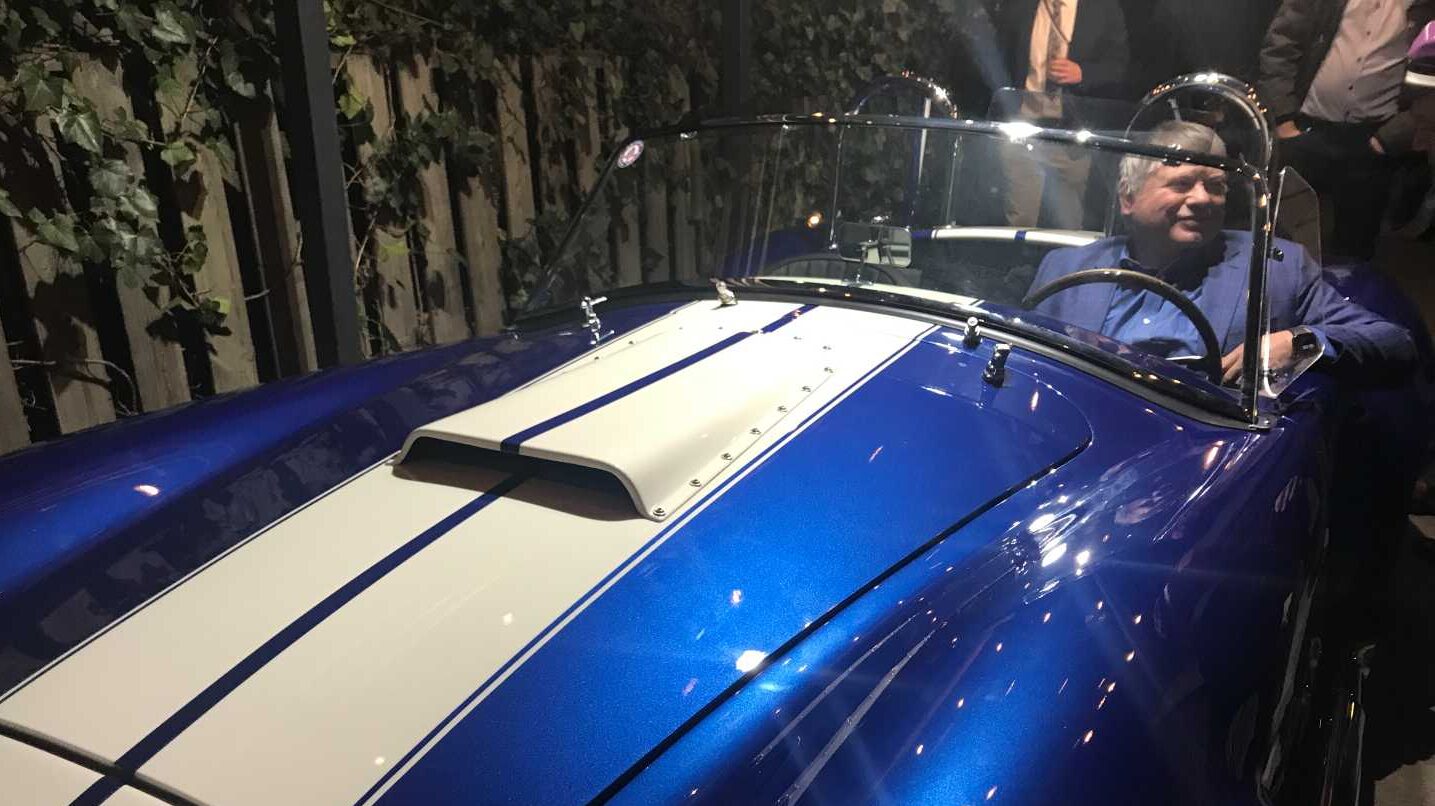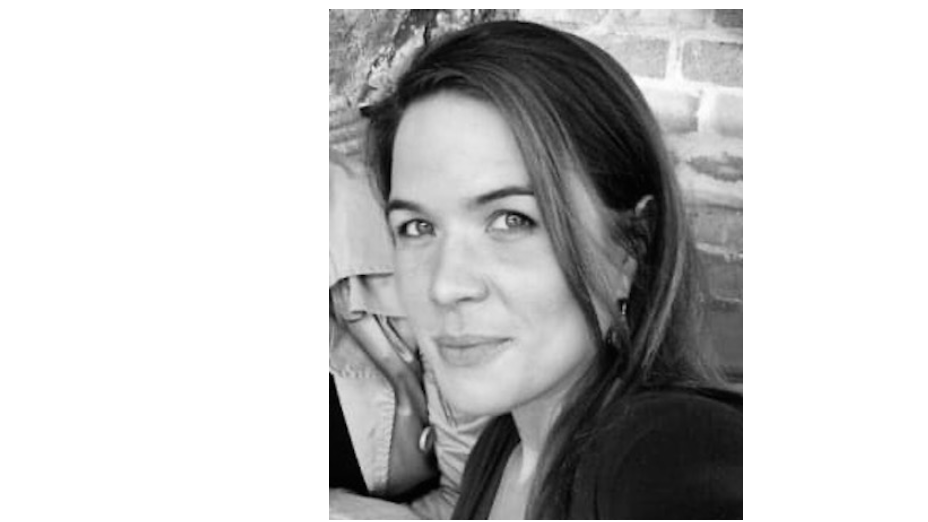They first arrive as a mass of disparate parts: a chassis, a body, an engine and its individual components, seats, and more. The driver will put it all together over several years, maybe race with it for a few more, or maybe just put a couple thousand miles on the car before selling it and moving on to a new challenge.
For Erik Hess, each car he has owned is immortalized in a mural on one wall of his garage in Hamilton. From the red dune buggy he built when he was 16, his very first build, to “OL FLAME”, the yellow 1940 Ford Deluxe Coupe that sits on a lift in the garage. Also starring on the mural are a couple of his friends' and family's cars, including an old teacher's 1961 Ford pickup truck. All of these vehicles converge in a scene in front of a charming diner in Magnetawan, in the District of Muskoka. Over the course of an evening, he described not only the role automobiles have played in his life, but their progression from the end of the Second World War onward.
Every small part of a car can enhance or inhibit its performance, and with Erik Hess, you are given an education on all of these fine details. Hess is a retired landscape architect, so one is left to wonder how this hobby came to be. Perhaps it's the contrasting scale of these two sets of skills that makes building and fixing cars so appealing.
Become a subscriber to continue reading!
Every week we bring you news from the community and exclusive columns. We're relying on your support to keep going and invite you to subscribe.
Starting from $2.30 per week.



